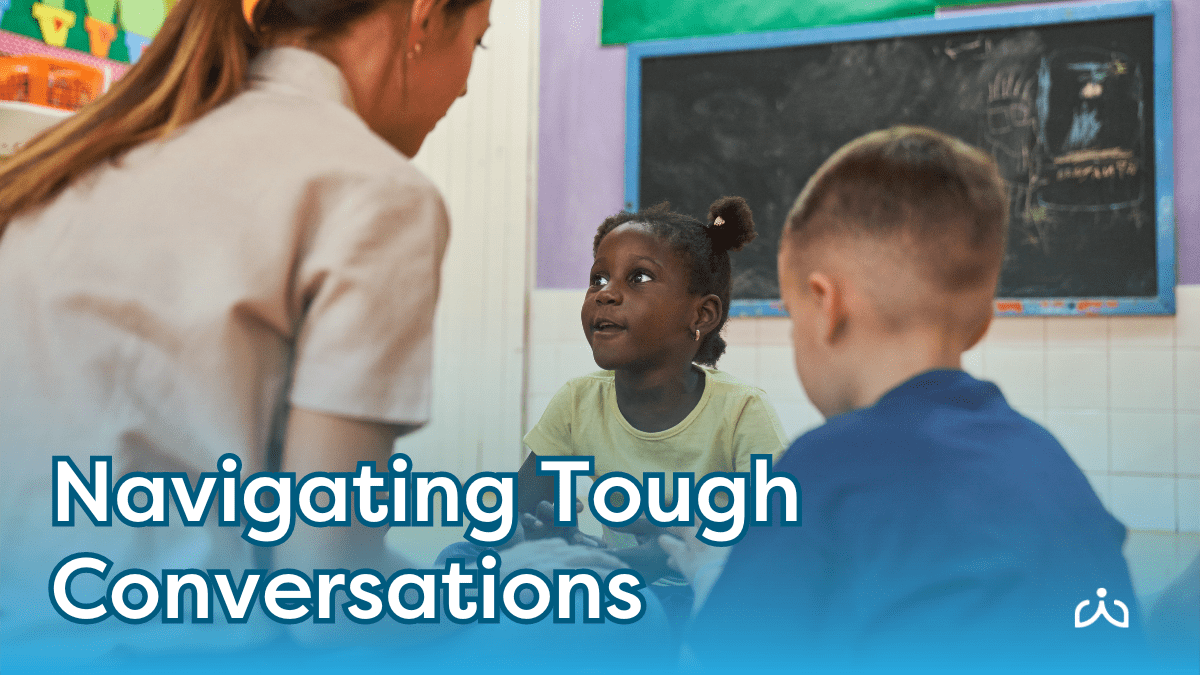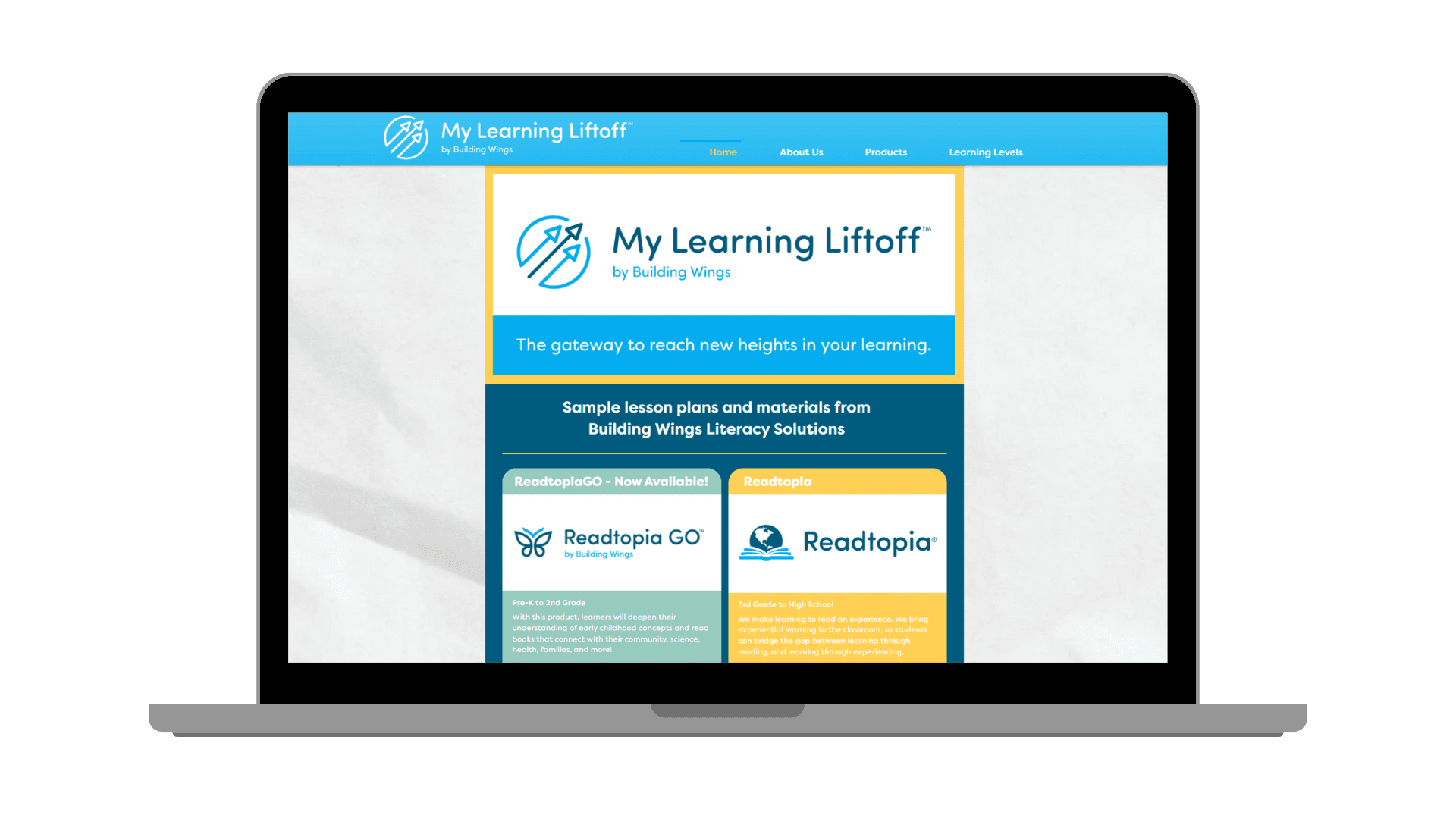Words that Wow:
Exposing Children to Rich Vocabulary
Vocabulary strategies for students receiving special education services
from the desk of Maureen Donnelly, M.Ed.
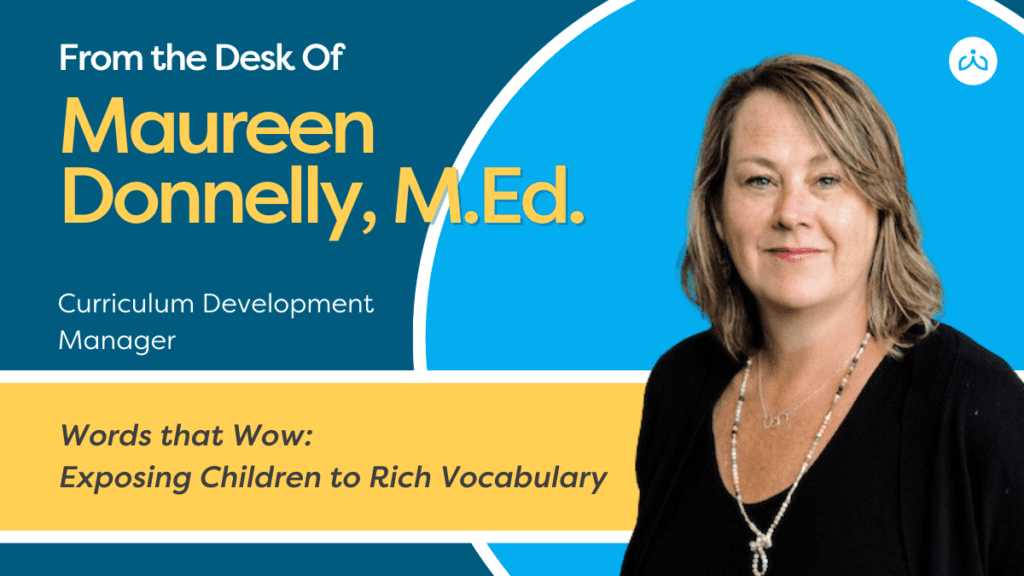
I love words–good, big words.
I’ve always loved them, and I especially enjoy sharing this love with young children. I have encountered special education classrooms where learners have little access to rich vocabulary, whether in books, conversations, or elsewhere. The thinking often goes that those Tier 2 or 3 words will be too hard, especially for students who use AAC. This vocabulary strategy doesn’t take into acccount the benefits of exposing young learners to unknown words.
Benefits of Rich Vocabulary Words
Introducing vocabulary-rich books to all young children (yes-even before they know all the words!) is not only appropriate, it’s beneficial! Consider this evidence:
- We learn most of the words we know through incidental exposure (Batterink & Neville, 2011). Incidental vocabulary learning occurs unintentionally while we watch TV, listen to conversations, and read (or are read to). And thank goodness for that. If we had to rely on meaning-driven instruction to learn each new word, we would need more time and energy than any lifetime has to offer to develop a robust vocabulary.
- There is a correlation between vocabulary development and memory (Gathercole, 1998). If I were to ask you about what you did yesterday, and you had gone to a playground, imagine trying to pull that memory up without the word “playground.” I think of words as the manila folders that organize information in our minds. A developing vocabulary can provide support to express and retrieve information.
- The work of Beck, McKeown and Kucan (2013) is cited by Koppenhaver and Erickson in “Comprehensive Literacy for All” including the importance of building curiosity around new words and increasing student interest in learning the meaning of those new words. The mother of a young AAC user once told me about the shift she saw in her daughter when she transitioned from an eye-gaze frame (where she could only say yes or no) to a dedicated device. Her daughter quickly began to use words like “Absolutely!” and “No way!” Rich vocabulary words can make learners giggle, and drive them to use words that express thoughts, feelings, and ideas in more accurate ways.
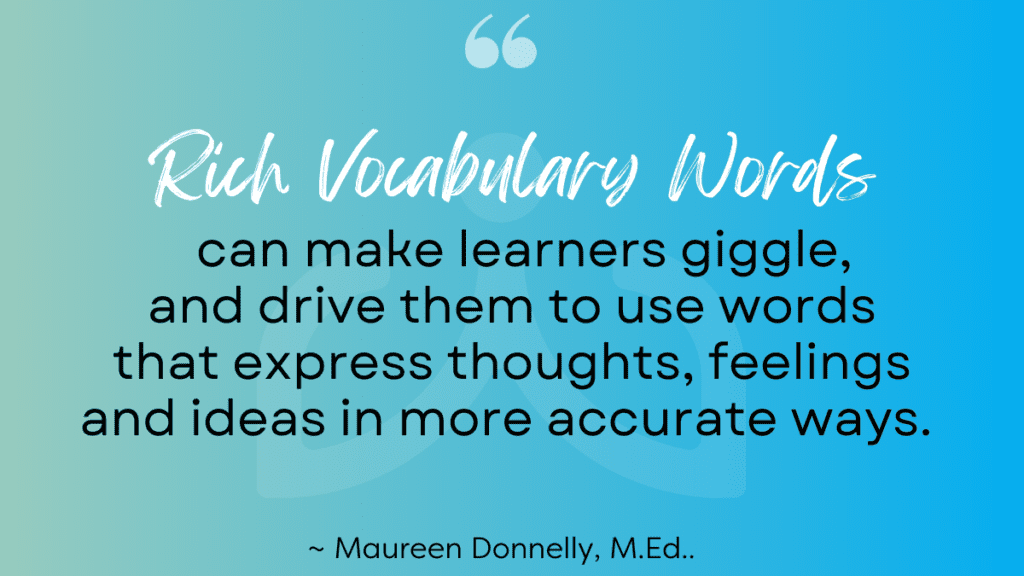
Vocabulary Development in Playful Literacy Environments
We read “Goodnight Moon” to babies before we expect that they understand what a moon is. We read “Hippos Go Berserk” to kindergarteners before they have any earthly idea of what berserk might mean. The point of these fun, rich texts is to engage young children in playful, naturalistic language and literacy environments. With enough varied repetition, children eventually learn the words they hear, and later, with the benefit of engaging and comprehensive literacy instruction, learn to read them.
To help support vocabulary development in children, caregivers and families can engage in activities such as reading aloud, discussing words and meanings, playing word games, and providing exposure to a variety of texts and experiences.
Vocabulary Acquisition for Early Learners
The goal in exposing early learners to rich vocabulary is not to ensure they can recite a dictionary-worthy definition of a word’s meaning. Nor is it to ask them to understand words without supportive materials and context. So the fear that certain vocabulary is “too hard” stems more from the gap between the words we understand and the words we use.
We all have this gap–even adults, or people we consider having “mastered” language. This is a natural and inevitable aspect of language learning. We don’t need to fear that gap, nor is symmetry required between the words we understand versus those we use. The gap illustrates the true nature of language acquisition and use: it is unmasterable and constantly emerging–for all of us!
Young children, in every circumstance, need to be introduced to good, big words.
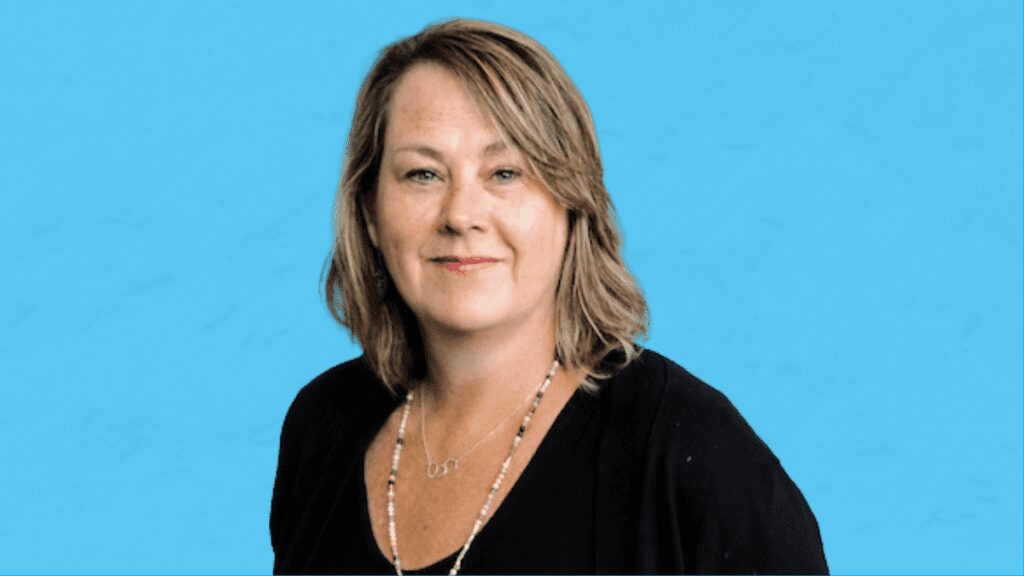
Maureen Donnelly, M.Ed. is a Curriculum Development Manager at Building Wings. Maureen is an early childhood educator by training who has worked with students of diverse ages and abilities, from preschool through college. Throughout her 25-year career, Maureen has developed numerous products and written hundreds of books that support the literacy learning needs of beginners. She lives and works in Maine, in an office stuffed with children’s books.




